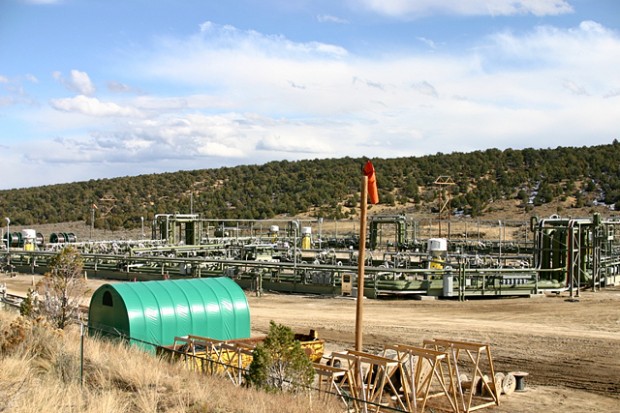We have much more to do and your continued support is needed now more than ever.
Oil Shale: A Half-baked Idea Whose Time Still Hasn’t Come
Supporters of mining the vast tracts of public lands in Wyoming, Utah and western Colorado for oil shale like to say how the region is “the Saudi Arabia’’ of the stuff. Industry cheerleaders and some members of Congress cite government estimates that the shale holds the equivalent of 1.2 trillion to 1.8 trillion barrels of oil. The roughly 17,000-square-mile Green River Formation that holds the shale is portrayed as a path to U.S. energy independence. Supporters insist we just need fewer burdensome regulations.
But it will take more than laissez faire to blast the oil out of the rock buried deep in the Rocky Mountains. A big challenge is that it’s not oil, but kerogen: fossilized material that didn’t get enough heat or pressure to turn into oil. It needs to be heated—a lot—to finish the process that nature didn’t.
“That makes oil shale a half-baked energy source,” says Kate Zimmerman, the National Wildlife Federation’s senior policy adviser on public lands.

And yet another problem with oil shale is its name—it’s confusing. It’s often mixed up with shale oil, which really is oil that’s trapped in rock formations. Drilling horizontally and hydraulic fracturing—injecting water, chemicals and sand at high pressure to create fractures—have made it easier to tap shale oil.
![]() The Bureau of Land Management is considering an oil shale plan on public lands in the Rockies and is taking public comments until May 4. Tell BLM to protect wildlife, fish, and air and water quality from the impact of this unproven energy source.
The Bureau of Land Management is considering an oil shale plan on public lands in the Rockies and is taking public comments until May 4. Tell BLM to protect wildlife, fish, and air and water quality from the impact of this unproven energy source.






















